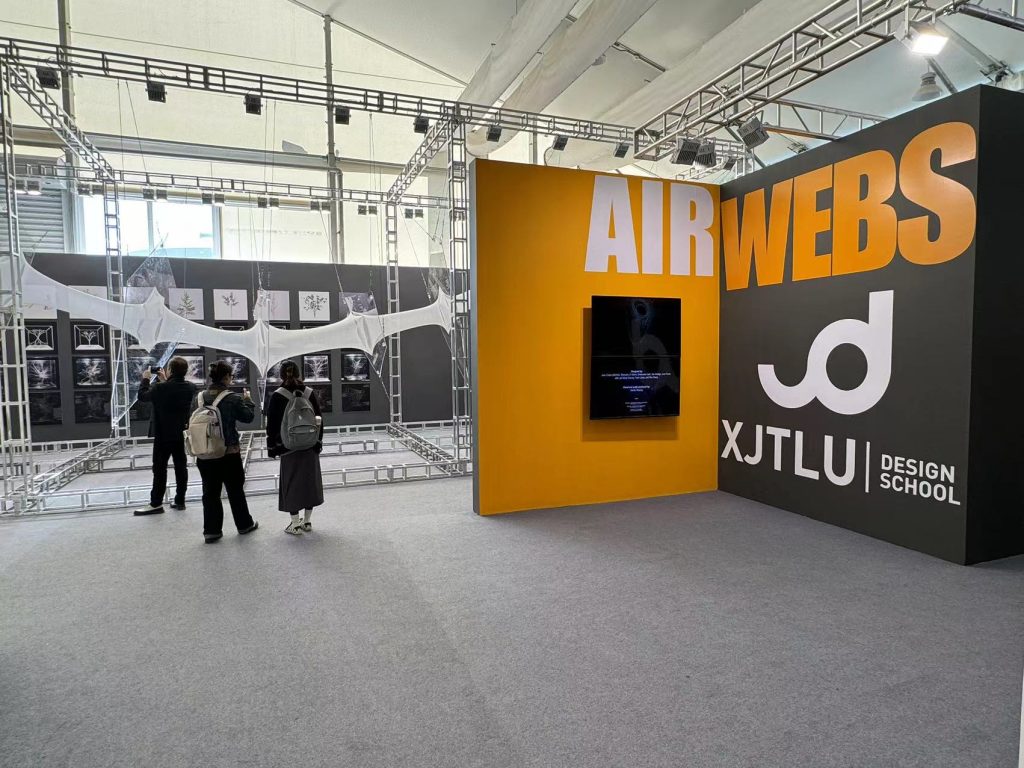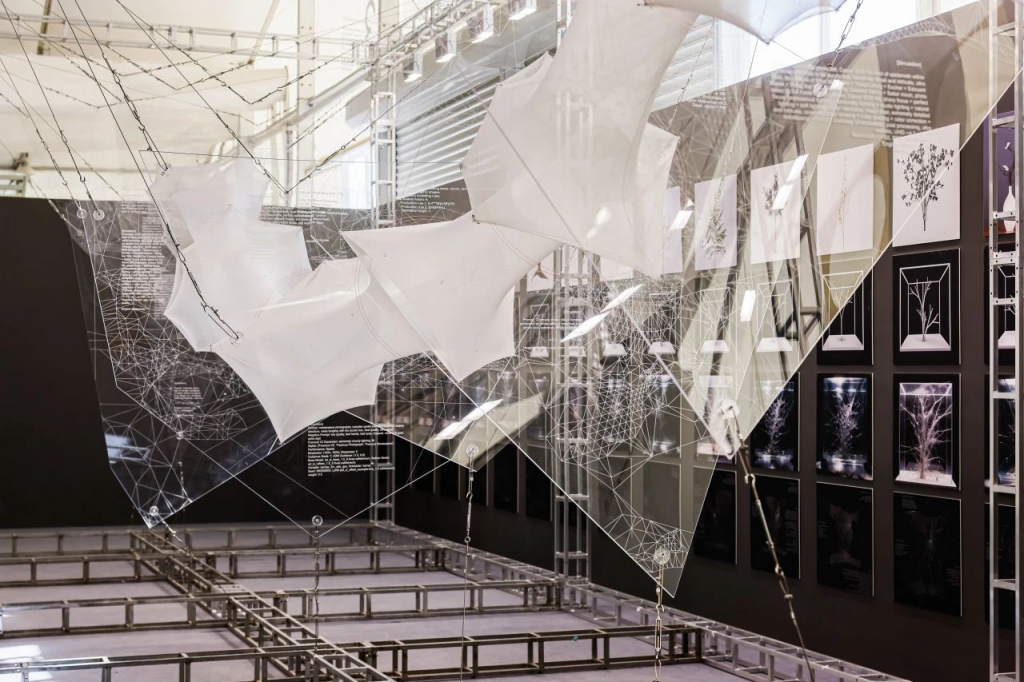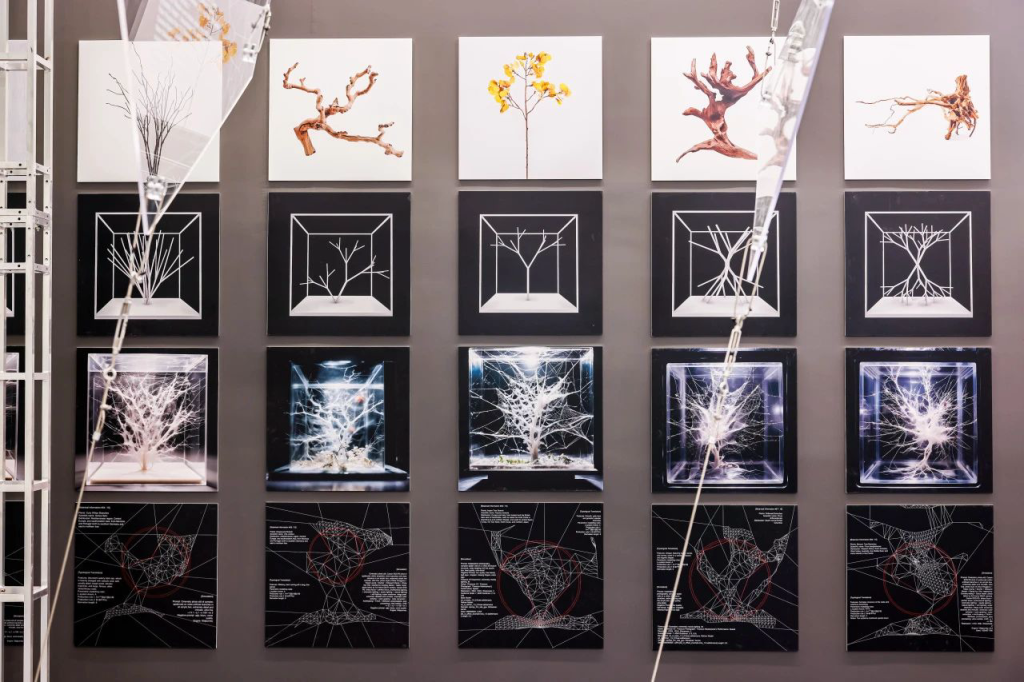Project Name
AI as a Design Partner for Learning
Project Description
The project seeks to explore the integration of AI Machine Learning in design education with the aim of enhancing creativity and design inspiration. The design process relies on a foundation of technical knowledge, accumulated experience, and an intuitive 'creative' component that often reflects the unique talent of the designer. Artificial Intelligence serves as a valuable collaborator in the creative phase by offering suggestions and ideas to designers.
The question arises, 'What do you think about this idea?' AI actively engages with designers during specific stages of their work. From this perspective, AI emerges as a valuable support system, capable of generating ideas and insights during the crucial conceptualisation phase, one of the most critical stages in the design process.
Project Members
Project Leader: Dall’Asta, Juan Carlos (Department of Architecture, Design School, XJTLU)
Project Members:
Project Outcome
Exhibition showcases how AI spider interacts with synthesised nature
30 Nov 2023
At the fourth Art & Design Education FutureLab exhibition, held on 18-26 November in Shanghai, Xi’an Jiaotong-Liverpool University showcased “AIRWEBS”, a project that blends elements of biology, ecology, design, and art, and explores how an artificial intelligence spider weaves its webs on synthesised natural plants.

AIRWEBS at FutureLab
FutureLab is an international platform for outstanding art and design colleges and universities to exchange innovative ideas on design education. Other universities selected for participation in this year’s event include China Academy of Art, Basel School of Design, NYU Shanghai, and Wenzhou-Kean University.
The project, AIRWEBS, is a combined result of synthesised organic plant structures, spider webs, and human imagination, says Dr Juan Carlos Dall’Asta, a member of the XJTLU design team and Associate Professor at the Department of Architecture.

AIRWEBS at FutureLab
He says: “We started by selecting several plants whose structures are varied from each other so we can have a more interesting result. We synthesised those structures into prototypes and translated natural creations into collaborative AI and human-made designs.
“After that, we asked the AI to act as a ‘spider architect’ and spin webs on those prototypes, creating 15 unique spider webs. Then, we placed those 15 synthesised shapes through a complex spatial system of acrylic board structures hanging in the air, connecting and weaving the spaces in between into the installation ‘airwebs’.
“Through this project, we aim to explore the complex connections between the natural and the artificial, so as to open new doors to creativity and ecological awareness.”

Design process of AIRWEBS
The project was inspired by Argentine artist Tomás Saraceno, who’s known for his interest in exploring concepts and ideas about spiders and webs.
In the future, the design team hopes to have a more accurate exploration about the spider webs and develop prototypes on a larger scale.
“We’re thinking about moving from only an artistic installation into real application of the idea in architectural design.
“Being part of this exhibition is a precious opportunity for us to showcase the XJTLU philosophy of how we connect research, research-led teaching, and practice together in an interdisciplinary way,” Dr Dall’Asta adds.
The XJTLU design team for the exhibition consists of Dr Juan Carlos Dall’Asta, Giancarlo Di Marco and Teo Hidalgo from the Department of Architecture, Emanuela Corti and Ivan Parati from the Department of Industrial Design, and three students, Lok Hang Cheung, Yiyun Liang, and Zhe Zhang.
By Yi Qian
Edited by Patricia Pieterse
Photos courtesy of the Department of Architecture and FutureLab